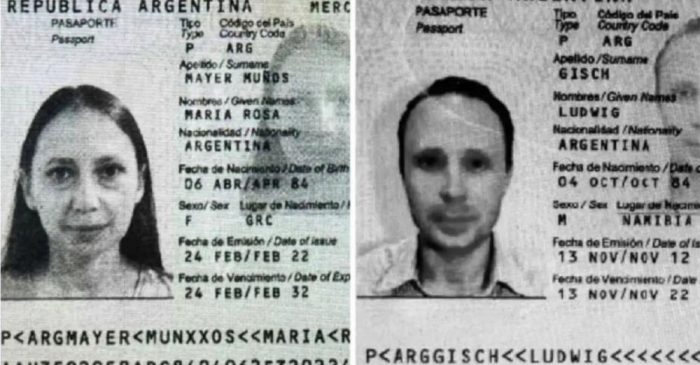By Leah S. Dunaief

Publisher
The first time I ate in a restaurant alone, I was propositioned. It happened like this. I was attending the New York Press Association Convention in the Albany area in 1978. We had only recently started the first newspaper, and I was eager to learn as much as possible about my industry.
I checked into the hotel ahead of my staff the night before the workshops were to begin, dropped my bag in my room, then went to the dining room for some supper.
“One, please,” I said to the maître d’ and was shown to a table for two along the wall. Feeling adventurous, I looked around the room, noticed that there were mostly men quietly eating together, then studied the menu and ordered my meal. It was a new experience for me, and I was enjoying my entrepreneurial role, stepping out in the business world. As I began to eat, a man in a suit approached.
“Hello,” he said with a grin. “How are you doing”?
I looked up, trying to recognize him. I had already met some of the other publishers but he was not one of them.
He threw down his room key at the edge of the table. “Come up in about an hour,” he instructed with a wink, his grin widening.
“Do I know you?” I asked.
“Oh, I’m the owner of the automobile dealership across the street,” he appeared to be boasting.
There was a long pause as we stared at each other some seconds. Then he mumbled something, the grin disappearing, picked up his key, turned and left the dining room. At that point, it dawned on me what he was saying. I suddenly felt alone.
Fast forward to today. The CNN headline reads, “More people than ever are eating alone at restaurants.” It’s almost half a century later, women are totally commonplace in business and eateries are welcoming solo customers.
In fact, OpenTable was quoted as saying that reservations for parties of one at sit-down restaurants had increased 8 percent in the last year, and that among 2000 of their patrons whom they surveyed in June, 60 percent had dined alone in the past year, including 68 percent of Gen Z and Millennials. Long gone were the days when single diners had to be accompanied by a book, pretend to be a restaurant critic with a pad and pencil beside the plate, or sit at a bar. Eateries are taking their cue and making pleasant and even social seating for solos.
So why this 180 degree change? It reflects societal change.
One explanation offered by CNN is that it’s convenient, with no cooking or cleaning up to do at home. Some are just trying out new restaurants. “Social media has made it easier for people to find restaurants well-suited for a meal alone.” Most telling is that some 30 percent of Americans live alone. People are marrying later and only 37 percent ages 25-39 are married with children. That compared to 67 percent in 1970. This last group is made up of those most likely to be eating meals at home and those missing from this last group are swelling the ranks of the solo diners.
In a recent survey of 1200 consumers, 60 percent felt comfortable eating alone at a casual dining restaurant.
CNN further suggested that some solo diners saw eating alone as ‘me time,’ a way of unplugging and treating themselves in an otherwise busy schedule. It’s also a way to make connections, if one wishes, chatting with bartenders, waiters, and other guests without any social pressure.
You might think that restaurateurs would not like a solo diner instead of a couple, but remember, restaurants sell seats, not tables, and they are finding ways to accommodate this new trend.
So if you feel shy about going to eat alone, just go to the restaurant of your choosing, and you will find you will be welcomed without anyone caring.














